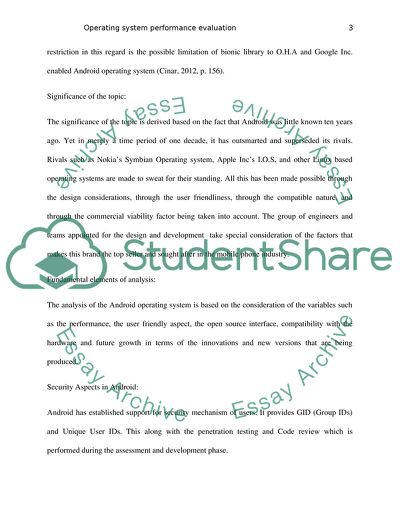Cite this document
(The Design of an Operating System Performance Evaluation and Analysis Term Paper Example | Topics and Well Written Essays - 1750 words, n.d.)
The Design of an Operating System Performance Evaluation and Analysis Term Paper Example | Topics and Well Written Essays - 1750 words. https://studentshare.org/information-technology/1836508-the-design-of-an-operating-system-performance-evaluation-and-analysis
The Design of an Operating System Performance Evaluation and Analysis Term Paper Example | Topics and Well Written Essays - 1750 words. https://studentshare.org/information-technology/1836508-the-design-of-an-operating-system-performance-evaluation-and-analysis
(The Design of an Operating System Performance Evaluation and Analysis Term Paper Example | Topics and Well Written Essays - 1750 Words)
The Design of an Operating System Performance Evaluation and Analysis Term Paper Example | Topics and Well Written Essays - 1750 Words. https://studentshare.org/information-technology/1836508-the-design-of-an-operating-system-performance-evaluation-and-analysis.
The Design of an Operating System Performance Evaluation and Analysis Term Paper Example | Topics and Well Written Essays - 1750 Words. https://studentshare.org/information-technology/1836508-the-design-of-an-operating-system-performance-evaluation-and-analysis.
“The Design of an Operating System Performance Evaluation and Analysis Term Paper Example | Topics and Well Written Essays - 1750 Words”. https://studentshare.org/information-technology/1836508-the-design-of-an-operating-system-performance-evaluation-and-analysis.


